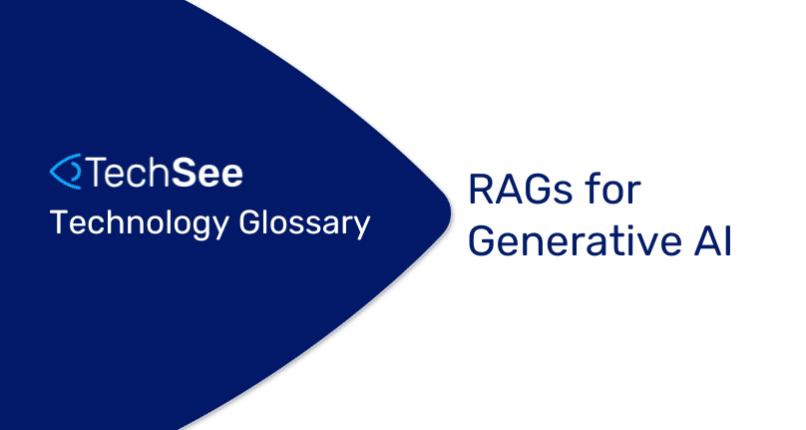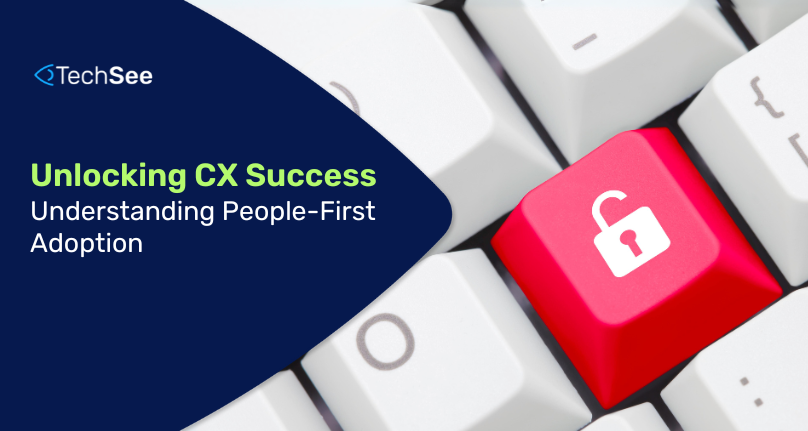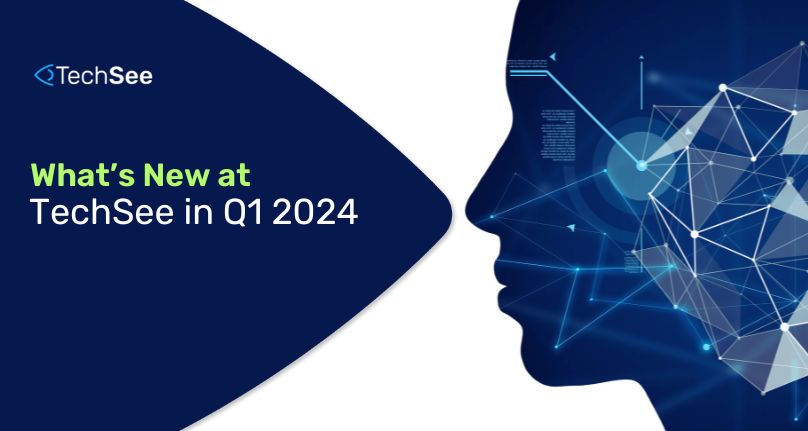What are RAGs?
RAG is an acronym that stands for Retrieval-Augmented Generation. This framework fuses the strengths of both retrieval-based and generation-based AI models to enhance the performance of language understanding and generation tasks. It forms an essential part of AI applications in LLMs and has garnered attention for its potential to improve various natural language processing (NLP) tasks significantly.
Key Components of RAGs in LLMs
- Retrieval Component: This part of RAG involves a retrieval model responsible for finding and extracting relevant information from a vast data pool. It operates by retrieving information from pre-existing sources, such as documents or databases, which can be used to support and enhance the generation process.
- Generation Component: Conversely, the generation model creates coherent and contextually relevant text. It leverages the retrieved information to generate more accurate and contextually grounded responses, answers, or content.
How RAG Works
In RAG Retrieval-Augmented Generation, the retrieval component searches for the most relevant passages or documents based on the input query or context. These retrieved documents are then used as a foundation for the generation component to create responses or content. The interaction between these components enhances the model’s overall performance in various language-related tasks.
Advantages of RAG in LLMs
RAG offers several distinct advantages in the world of AI applications:
- Contextual Understanding: RAG Retrieval-Augmented Generation models excel at understanding context, and retrieving contextually relevant information, leading to more accurate and meaningful responses.
- Scalability: These models are highly scalable, as they can retrieve information from vast databases, making them versatile for various applications.
- Information Fusion: RAG models can synthesize information from multiple sources by combining retrieval and generation components to provide comprehensive and well-informed responses.
- Adaptability: RAG models can adapt to different domains and tasks, making them suitable for various applications, from customer service to healthcare.
RAG for Service
In the service market, RAG Retrieval-Augmented Generation improves the specificity, accuracy and efficiency of information retrieval. This is critical to maintaining the quality of LLMs and Generative AI for service organizations, as well as substantially reducing the cost of using Generative AI for service.





